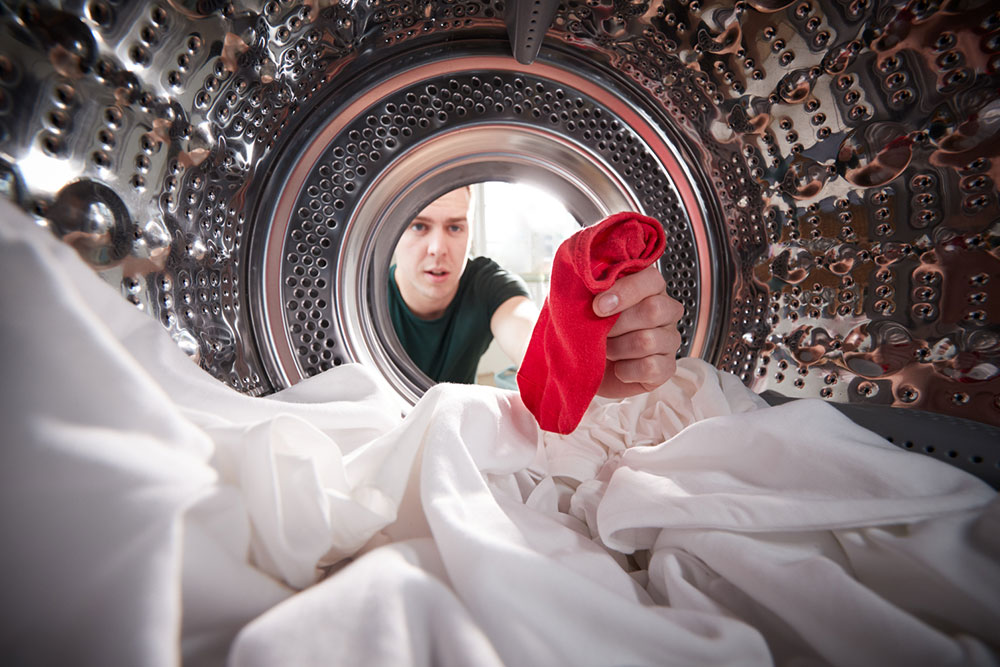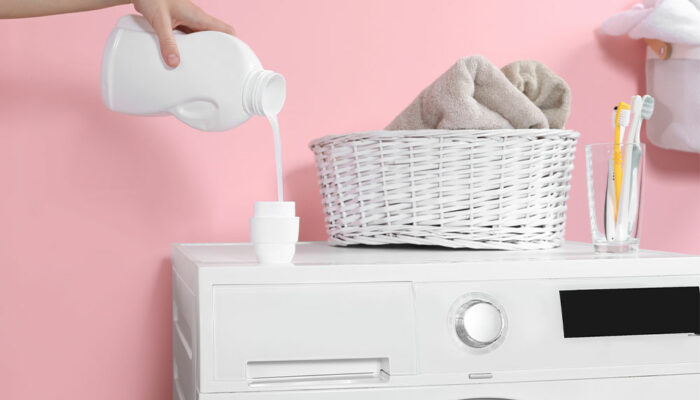
11 common laundry mistakes to avoid
Doing one’s laundry is a necessary – albeit mundane – daily chore householders must engage in for clean and tidy clothes. It enhances clothes’ freshness and increases their durability. Modern laundry appliances and products ensure that the laundry process is hassle-free and requires minimal manual effort. Although it appears straightforward, numerous common laundry mistakes can compromise the cleanliness and longevity of clothing. So, here are some mistakes to avoid to help achieve impeccable laundry results.
Not sorting clothes
Sorting is one of the fundamental steps in the laundry process that is often overlooked. Neglecting proper sorting can lead to various issues, including color bleeding, fabric damage, and lint transfer. To avoid these problems, one should always sort laundry into distinct categories:
Sorting by Color
Separate laundry into dark, light, and white to prevent color bleeding. Washing dark-colored items with whites can result in unsightly stains while washing lights with darks can make clothing appear dingy over time.
Sorting by Fabric Type
Different fabrics necessitate different care. Sorting by fabric type helps prevent damage and extends the life of garments. Delicate items like silk and lace should be washed separately from sturdier materials like denim or towels.
Check for Stains
Before placing clothing in the washer, inspect for any stains. Treating stains promptly before laundering can significantly improve the chances of successful removal.
Overloading: A Common Mistake
Stuffing the washing machine to the brim might seem efficient, but it is a common mistake that can lead to subpar results. Overloading the machine can cause several problems:
Inadequate Cleaning
When clothes are crammed together, water and detergent cannot circulate properly, resulting in ineffective cleaning. This can leave dirt, grime, and detergent residue on clothing.
Excessive Wear and Tear
Overloading can put excessive strain on the washing machine’s motor and drum, potentially leading to premature wear and costly repairs.









